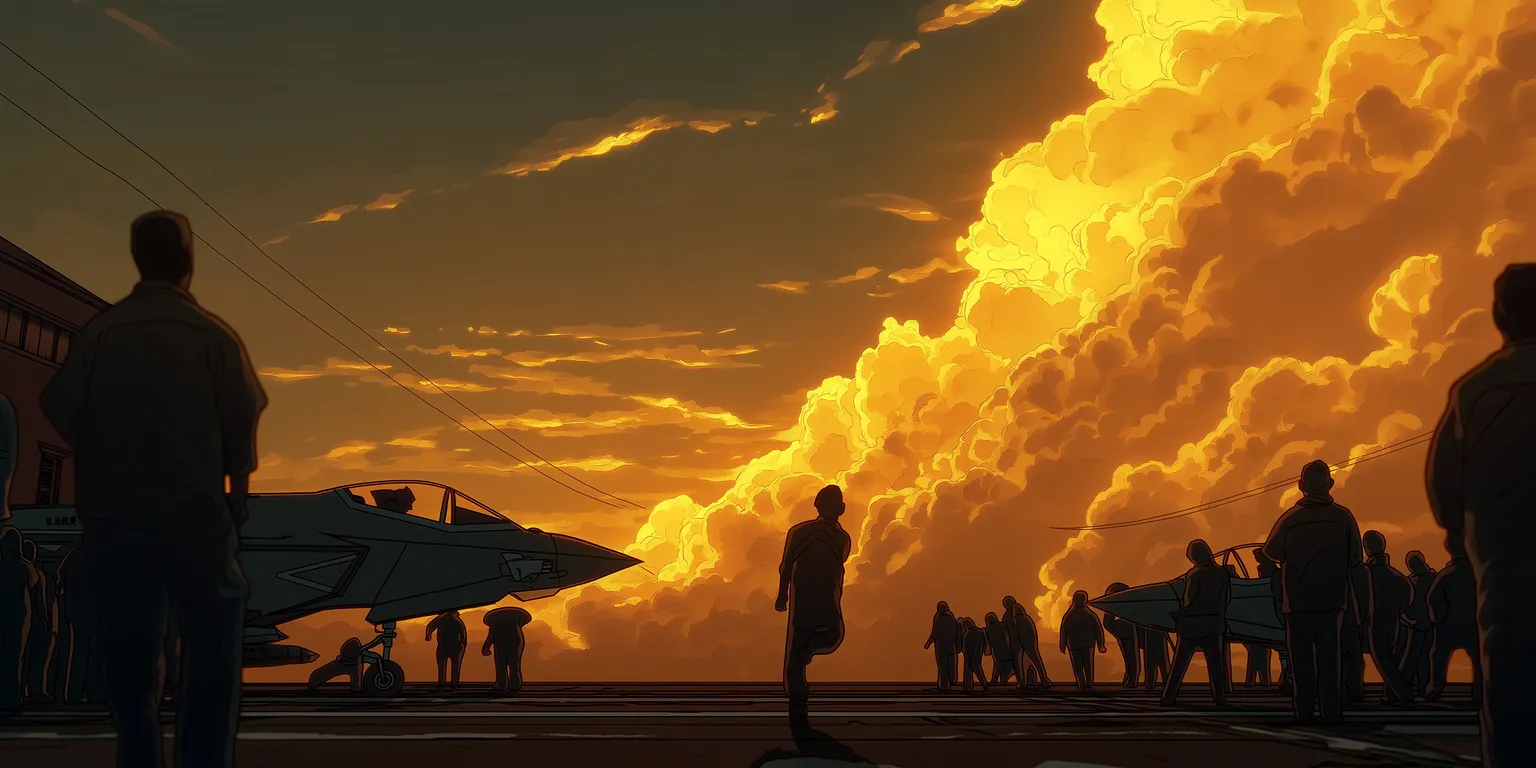Why create lighting diagrams after the shoot?

We are not going to pretend it’s always easy to create lighting diagrams before the shoot. Somethimes, the creative process of lighting a scene is more fluid and spontaneous. Sometimes, the quality of life on set may not be how we imagined it or there are other factos influencing out decisions. Sometimes, we have to adapt to the result we see on camera and make adjustmenst on the fly.
However, creating lighting diagrams after the shoot can be a valuable exercise for several reasons:
- it helps you analyze what worked and what didn’t work in your lighting setup,
- helps you remember how a shoot progressed,
- it can be a useful reference for future projects.
For us, this is an essential part of the process. We often include notes about how the shoot went, what were the power levels of the lights, what was the sun position, what modifiers we used, and any other relevant information.
Most importantly, it helps us build a library of lighting setups that we can refer to in the future. When we are working on a new project, we can look back at our previous diagrams and see if there are any setups that we can reuse or adapt for the new shoot.
Creating lighting diagrams after the shoot can also be a great way to share your work with others. You can use the diagrams to explain your lighting choices to clients, or social media followers.
So, do you make lighting diagrams? If you don’t, we think you should give it a try.